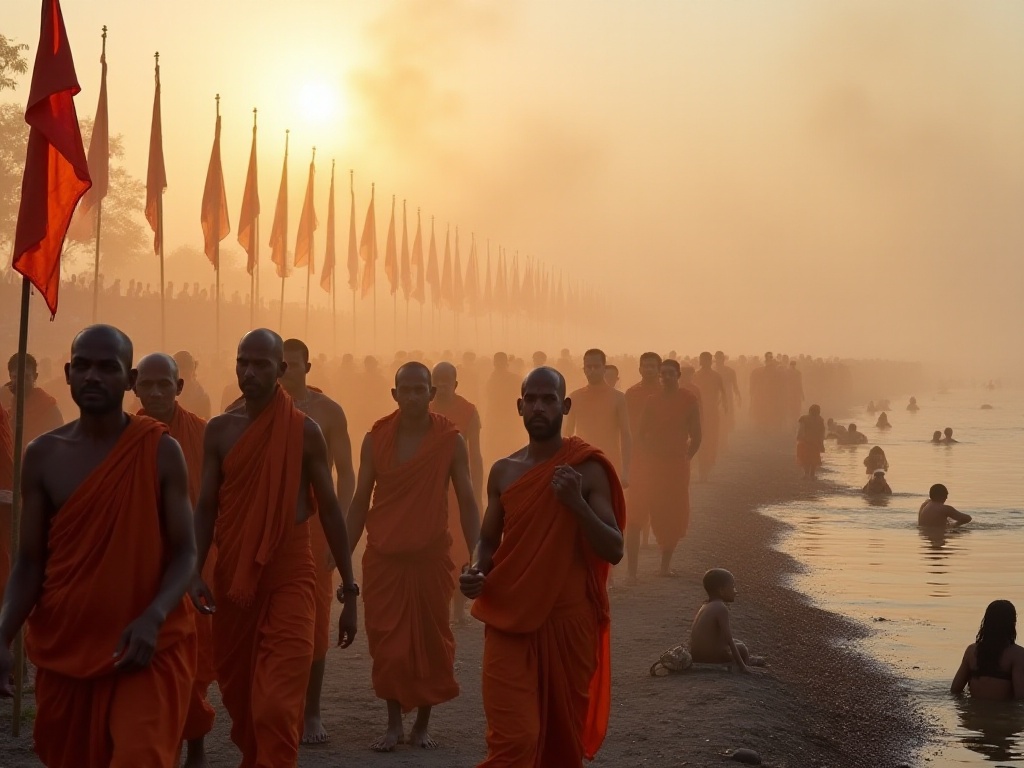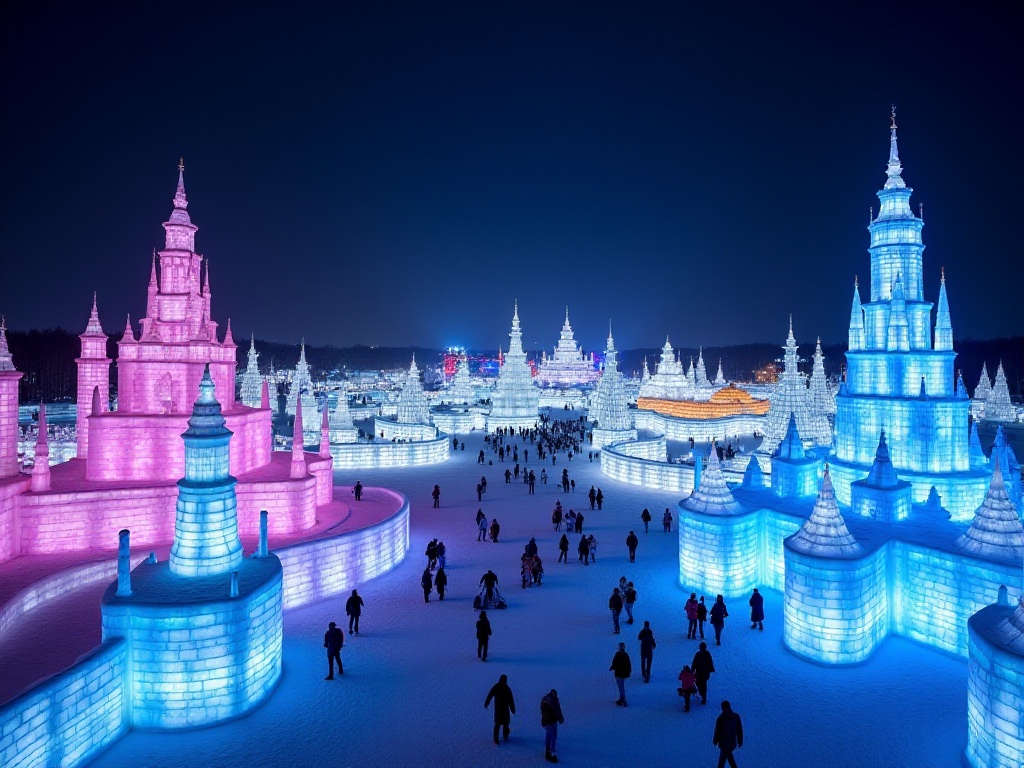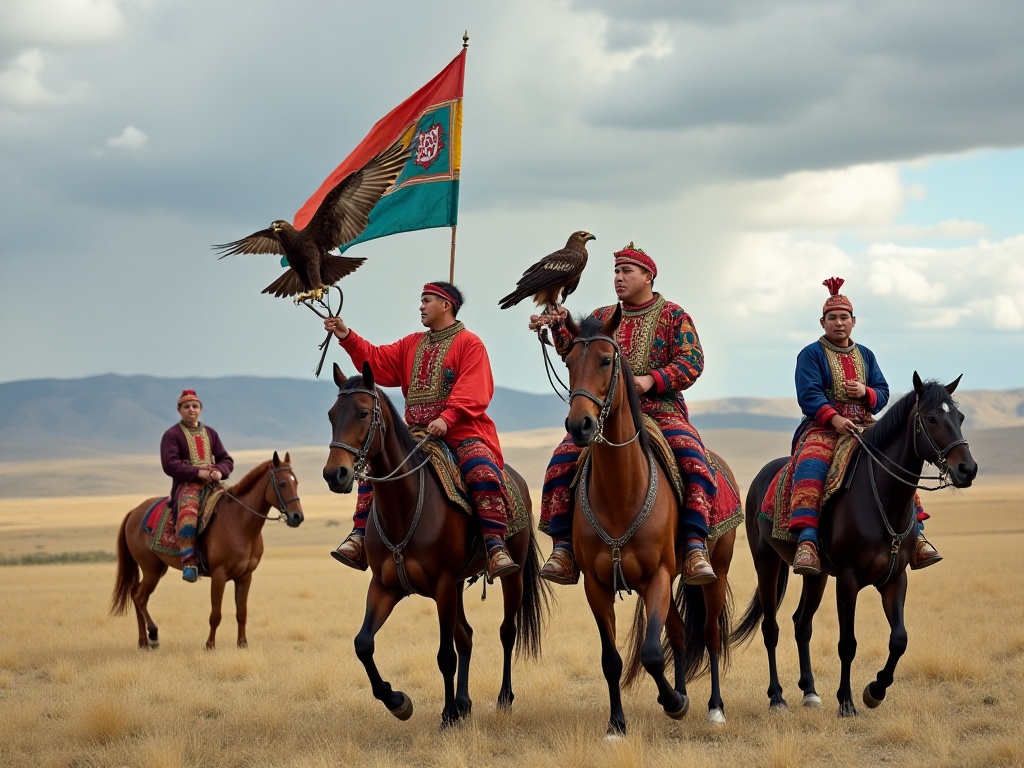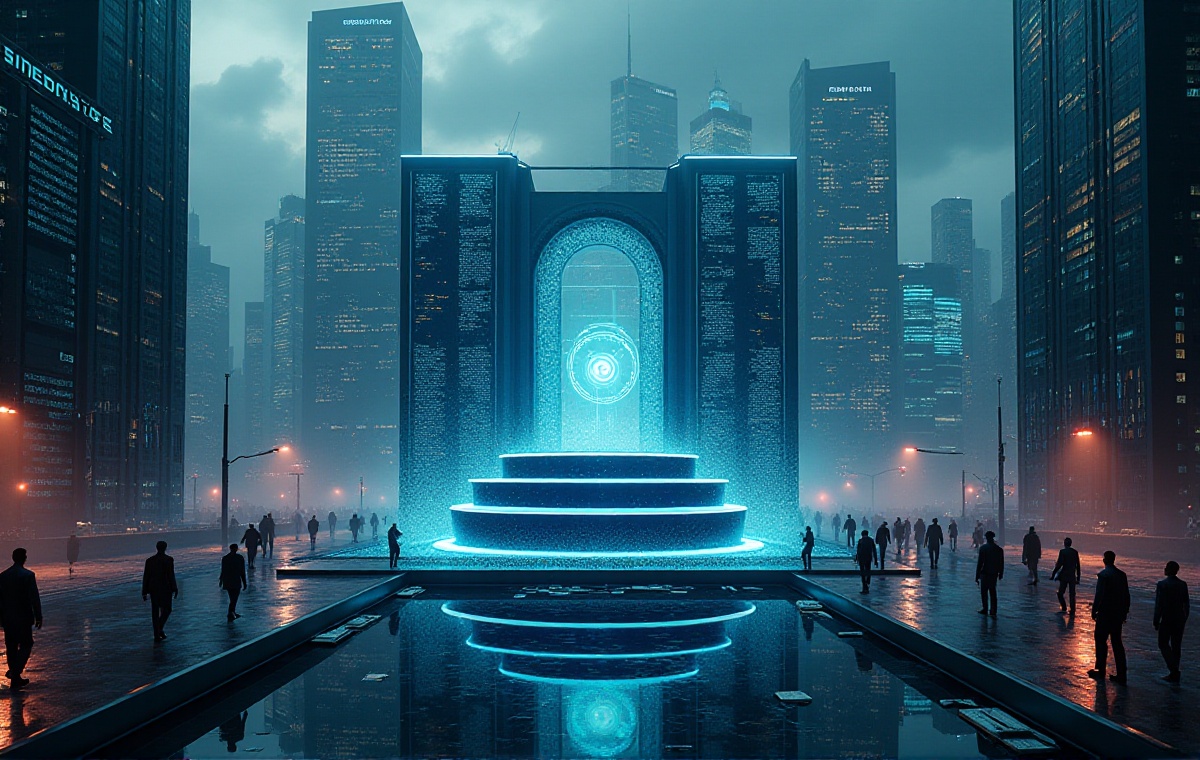Introduction to Kumbh Mela
As an avid deep traveler, I've always sought travel experiences that could shake my soul. To be honest, when I first heard about India's Kumbh Mela, I was completely stunned by the numbers - over 120 million pilgrims! This was beyond my imagination. Consider that this number exceeds the entire population of Japan. Just imagine how spectacular it must be to have so many people gathering in one place for a festival!
Kumbh Mela is not just a simple religious gathering; it's more like a spiritual feast that transcends time and space. Here, you can see everyone from ordinary farmers to highly educated intellectuals, from devout practitioners to curious tourists, all gathered for the same purpose. The longing for faith sparkles in everyone's eyes, and this pure spiritual pursuit deeply fascinates me.
Convergence of Time and Space
The timing of Kumbh Mela is a very particular matter. Hindu astronomers determine the most auspicious time based on celestial movements. When Jupiter enters Aries, and the Sun and Moon simultaneously enter Capricorn, this rare celestial alignment is considered the most auspicious moment. This reminds me of how ancient Mayans studied celestial movements to arrange important ceremonial activities.
In traditional Indian culture, this perfect alignment of celestial bodies is viewed as the moment when divine power is strongest. It is said that bathing in the sacred river during this time not only cleanses sins from past lives but also brings divine blessings. Although as a modern person, I might not fully believe these claims, when I stood by the Ganges watching thousands of people devotedly immerse themselves in the river, I had to admit that this collective spiritual power was truly overwhelming.
Sacred Site Rotation
The locations for Kumbh Mela are carefully selected. It rotates between four holy sites: Prayagraj (North Allahabad), Haridwar, Nashik, and Ujjain. Each place has its unique geographical location and rich cultural heritage.
Prayagraj is located at the confluence of the Ganges and Yamuna rivers, considered one of the holiest sites in Hinduism. Locals believe there's an invisible underground river, the Saraswati, and the meeting point of these three rivers is called the "Triveni Sangam." I still remember the first time I stood there, watching two rivers of distinctly different colors converge - that overwhelming feeling remains unforgettable.
Haridwar is another important venue, where the Ganges water is crystal clear, surrounded by the continuous Himalayan mountain range. Every sunset, a grand "Aarti" ritual ceremony is held here, with thousands of oil lamps lit simultaneously, illuminating the entire riverbank, creating a spectacular scene.
Nashik sits along the Godavari River, home to numerous ancient temples and meditation sites. Whenever Kumbh Mela is held here, the entire city transforms into a massive open-air temple, filled with the sounds of chanting and bells.
Ujjain is an ancient city in central India, with the Kshipra River flowing through it. As one of India's seven holy cities, it's also one of the birthplaces of traditional Indian astronomy and astrology. During Kumbh Mela, astrologers from across the country gather here to guide pilgrims.

The Pilgrimage Journey
The 2013 Kumbh Mela in Allahabad left me with unforgettable memories. At three in the morning, I set out towards the Ganges with millions of pilgrims. Before dawn, the crowd had already started moving, and looking into the distance, the entire riverbank was packed with people, like a giant human dragon slowly writhing.
The scene reached its climax when the first ray of sunlight hit the Ganges' surface. Over 30 million people waited simultaneously for their chance to bathe, including elderly, children, women, and even some wheelchair users. Everyone waited patiently, without complaints or cutting in line, all wearing expressions of devotion.
I'll never forget that image: an elderly woman with gray hair, trembling as she entered the river water with her family's support. When the cold water touched her body, her face lit up with a radiant smile, as if all fatigue and pain were washed away at that moment. This pure beauty of faith is something I've never seen anywhere else in the world.

The Beauty of Faith
At Kumbh Mela, you'll encounter various amazing ascetics. Some sadhus have maintained raised-arm positions for decades, their arms completely atrophied, yet they persist in their practice. Others remain naked year-round, covered only in holy ash, believing that only by abandoning all material attachments can one achieve true spiritual liberation.
I remember meeting an ascetic from the Himalayan region. He had lived alone in a cave for over twenty years and came down specifically for Kumbh Mela. When I asked why he chose such an austere practice, he said, "True happiness lies not in the external world but within. When you can fully control your desires, you experience unprecedented freedom."
The presence of these ascetics made me deeply appreciate how the power of faith can indeed transcend material and physical limitations. In this era of material excess, their practices might seem extreme, but their dedication to spiritual pursuit commands respect.

Cultural Convergence
Kumbh Mela's charm attracts not just Hindus but visitors and photographers from around the world. During the 2019 Kumbh Mela, I met documentary filmmakers from France, anthropologists from Germany, photographers from Japan, and even graduate students from Africa. They all came to document humanity's largest religious gathering.
Interestingly, these people from different cultural backgrounds each found their own points of interest at Kumbh Mela. Photographers were drawn to the unique visual elements, anthropologists were fascinated by this large-scale group behavior, and ordinary tourists wanted to experience this distinctive cultural atmosphere firsthand.
I remember an American photographer telling me: "I've traveled to most countries in the world, but I've never seen anything like this. Here, you can not only capture the most stunning images but more importantly, experience humanity's purest side."
Festival Experience
If you want to attend Kumbh Mela, preparation needs to start well in advance. Based on my experience, you should begin planning at least six months ahead. First is the accommodation issue - hotels and guesthouses are almost fully booked during the festival, and many people choose to stay in specially built tent camps. While these tents are basic, they allow you to better immerse yourself in the festival atmosphere.
I recommend bringing sufficient sun protection as Indian sunlight is very strong, especially by the river where reflected light can easily cause sunburn. Also, prepare warm clothing as temperature differences between morning and night can be significant. Although there are many food stalls on site, buying food can be troublesome when it's crowded, so it's best to carry some dry food and drinking water.
During activities, pay special attention to safety. Crowded areas are prone to stampedes, so stay alert and observe your surroundings. If possible, find a local guide who can help you avoid dangerous areas and explain the meaning of various rituals.
Personal Reflections
Every time I recall my experiences at Kumbh Mela, I ponder one question: in this era of advanced technology and material abundance, what force can make so many people set aside worldly matters and travel far to come here?
Perhaps the answer lies in the fact that regardless of technological advancement, humans' need for spiritual sustenance remains constant. At Kumbh Mela, I saw not just religious rituals but humanity's eternal pursuit of life's meaning. People from different places and backgrounds find a common spiritual home here.
This reminds me of what an Indian philosopher once said: "Material progress makes our lives more convenient, but only spiritual elevation can make our lives more meaningful." At Kumbh Mela, I deeply understood the meaning of these words.

Future Outlook
The next Kumbh Mela in 2025 is beckoning. As someone who has experienced this grand event, I sincerely recommend that anyone interested in Indian culture experience it firsthand. This is not just an ordinary trip but a rare spiritual journey.
There, you can witness humanity's largest religious gathering, experience India's unique spiritual culture, and re-examine your own lifestyle and values. This experience might change your understanding of life and deepen your appreciation of faith and culture.
I believe that with continued improvements in transportation and accommodation, the future experience of attending Kumbh Mela will become more comfortable. However, the pure spiritual power and collective devotion will never change.

Travel Tips
If you decide to attend the next Kumbh Mela, I advise making thorough preparations. First, closely follow official information from the Indian Tourism Board to understand specific times and locations. Officials often release detailed event schedules and important notices in advance.
Choosing an experienced travel agency is also wise. They usually provide complete Kumbh Mela observation packages, including accommodation, transportation, and guide services. With professional help, you can better avoid various risks and focus on experiencing the festival itself.
I recommend learning about Indian cultural customs and etiquette before departure. For example, removing shoes in temples, not using your left hand to receive things, dressing appropriately, etc. While these details may seem trivial, they help you better integrate into local culture and gain a deeper experience.
Finally, don't forget to bring an open mind. Kumbh Mela might challenge your perceptions of many things, but it's precisely this cultural shock and intellectual collision that can bring us the most valuable life experiences. Let's look forward to the grand gathering in 2025!


